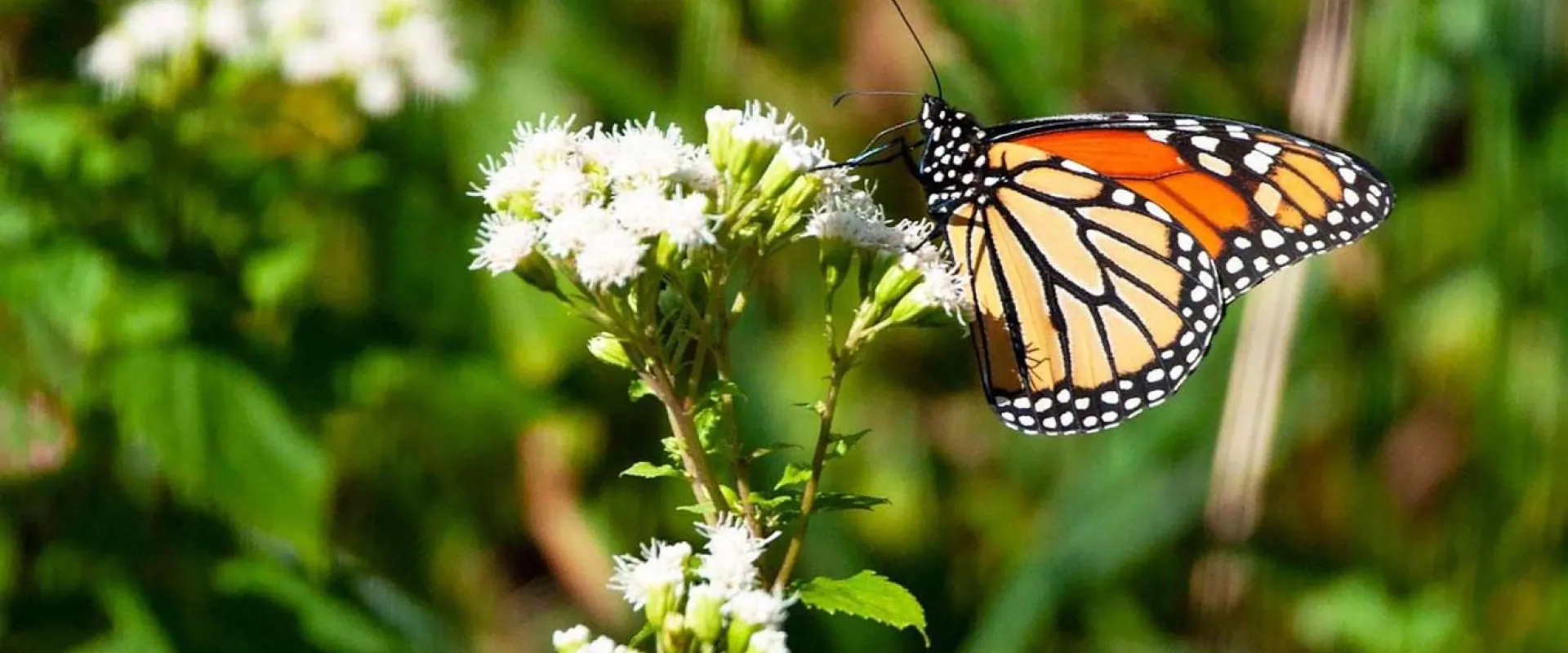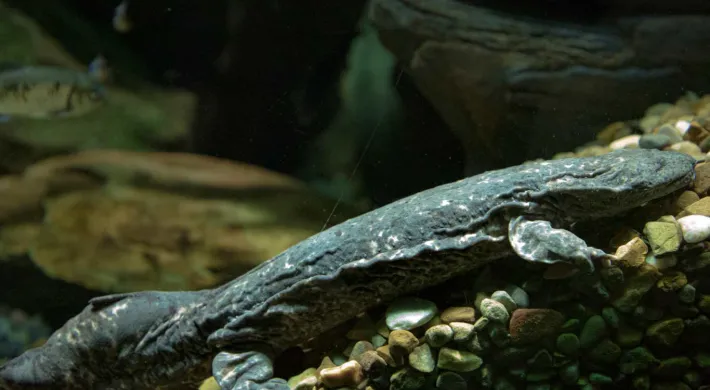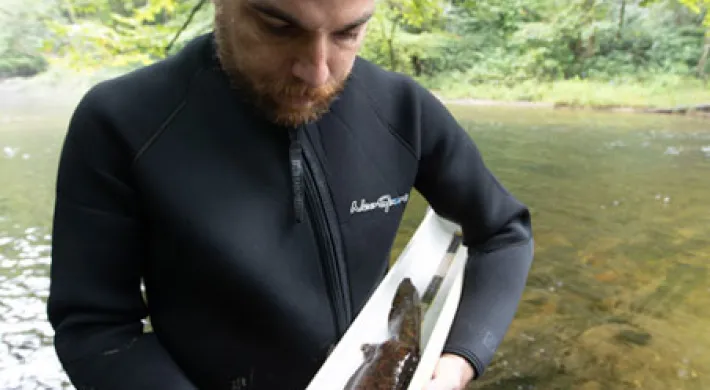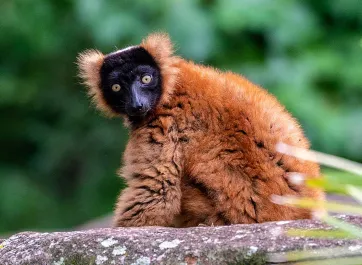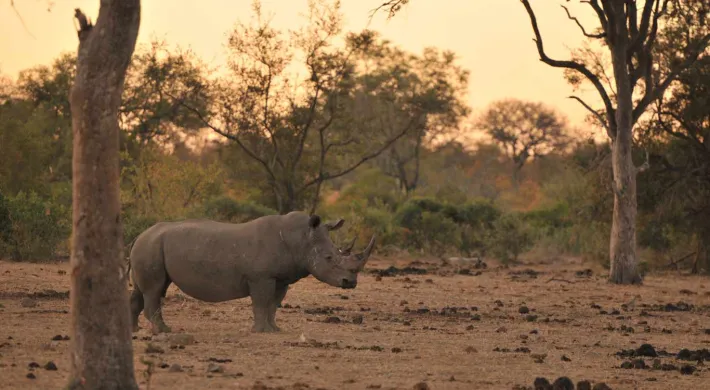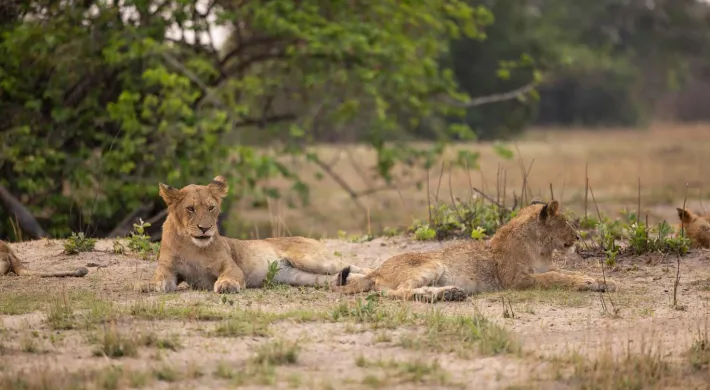Did you know that the North Carolina Zoo has quite a few species that are on the decline, including some that are endangered? It's true! While some of these animals may be ones you would not expect, like the monarch butterfly, it's important to remember that they still need our help. Here are five animals that are on the decline and what you can do to help them. All five of these species can be found at the North Carolina Zoo!
Monarch Butterfly
Monarch butterflies are one of North America's most beloved and iconic insects. Every year, millions of these delicate creatures embark on a remarkable journey, migrating south for the winter. However, the Monarch butterfly is now endangered, and its future is in jeopardy. One of the biggest threats to the Monarch is climate change. Rising temperatures are causing the Monarch's migratory pattern to become more erratic, and extreme weather conditions make the journey more dangerous.
The Monarch is an integral part of the ecosystem. Its decline could have a devastating ripple effect, but you can help! By planting native host plants for the Monarchs in your garden and not using pesticides, you can help supply food for Monarchs on their journey. Monarchs are important pollinators, as their North American transcontinental migration provides essential pollination for many ecosystems.
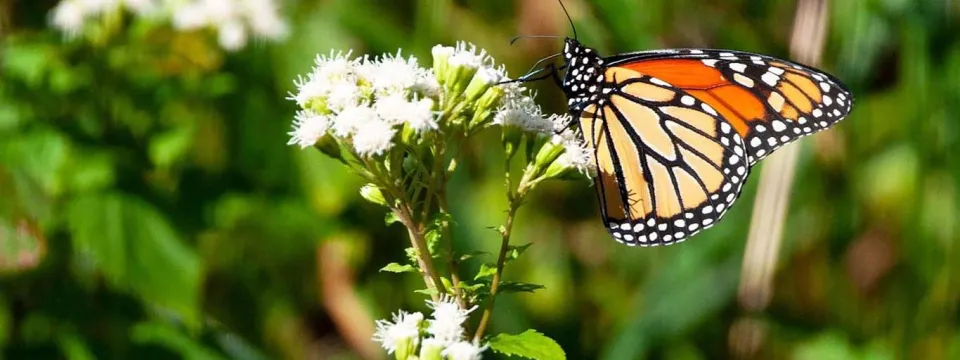

Addra Gazelle
The addra gazelle is a critically endangered antelope species found only in the Sahara Desert. Critically endangered means a species faces an extremely high risk of extinction in the wild. Once widespread across North Africa, addra gazelle have been reduced to a small handful of isolated populations due to habitat loss and hunting.
Today, less than 500 addras are thought to remain in the wild. They are relatively large antelope, with males reaching up to 1.8 meters in length, are covered in short, reddish-brown fur, and have long lyre-shaped horns. Addras are well-adapted to their desert habitat and can go without water for long periods. However, this adaptation also makes them vulnerable to drought and other threats to their habitat. With so few individuals remaining in the wild, the addra gazelle faces a real risk of extinction.
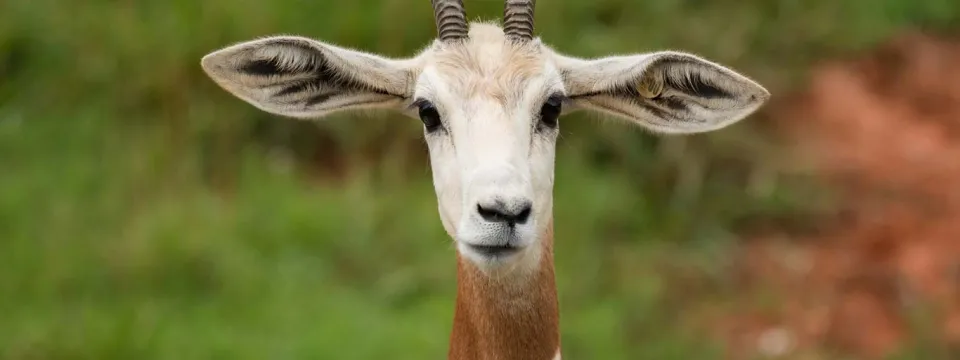
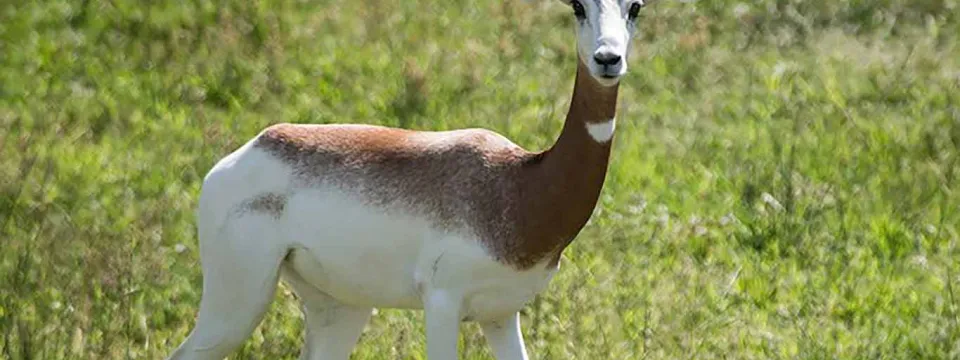
Chilean Flamingos
The Chilean Flamingo is a beautiful bird species listed as near-threatened. They are found in South America, specifically in Chile, Bolivia, Argentina, and Peru. The main threat to their population is habitat loss due to mining, agriculture, urbanization, and breeding site disturbances from tourists. Unregulated egg-collecting and hunting of the birds also take a toll on populations. Protecting Chilean Flamingos is crucial. We can protect their habitat and raise awareness about their threats. Much more needs to be done to help ensure these magnificent birds will be able to thrive for years to come.
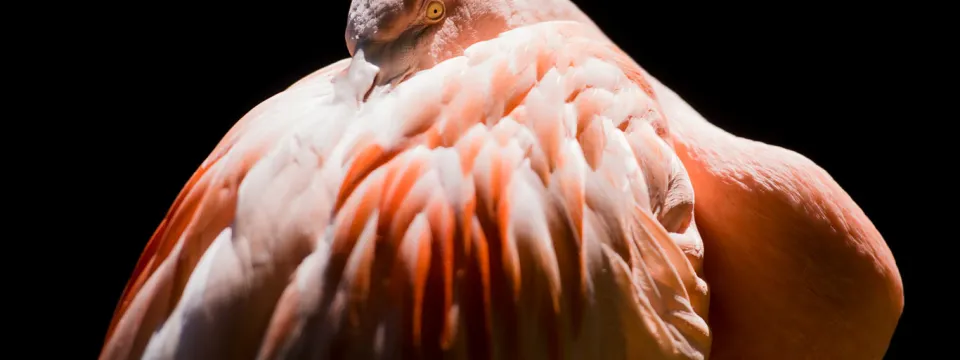

Hellbender Salamander
The Hellbender salamander is a near-threatened amphibian species that were once widespread in the eastern United States. Hellbenders are susceptible to habitat loss and degradation, and populations have declined in recent years. Hellbenders play an essential role in their ecosystem. Numerous species, including many fish and crayfish, use hellbender dens under rocks as a refuge. Efforts are underway to protect hellbenders and their habitats, but more needs to be done to ensure the long-term survival of this unique species.
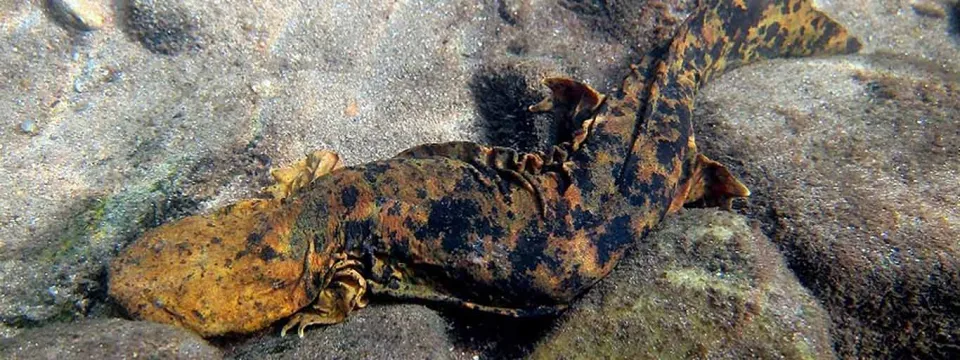
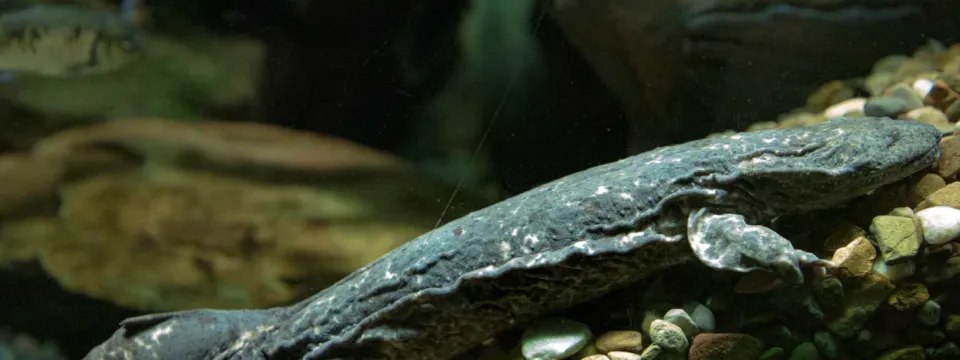
Red-Ruffed Lemur
The red-ruffed lemur is a critically endangered primate species native to the island of Madagascar. These furry creatures are easily distinguished by their bright red fur. Unfortunately, habitat loss, poaching, and severe weather brought on by climate change have led to a sharp decline in the red-ruffed lemur population. There are now thought to be less than 2,000 individuals remaining in the wild. While this may seem daunting, there is still hope for these animals. With continued support, this critically endangered species will likely avoid extinction and continue to thrive for generations.
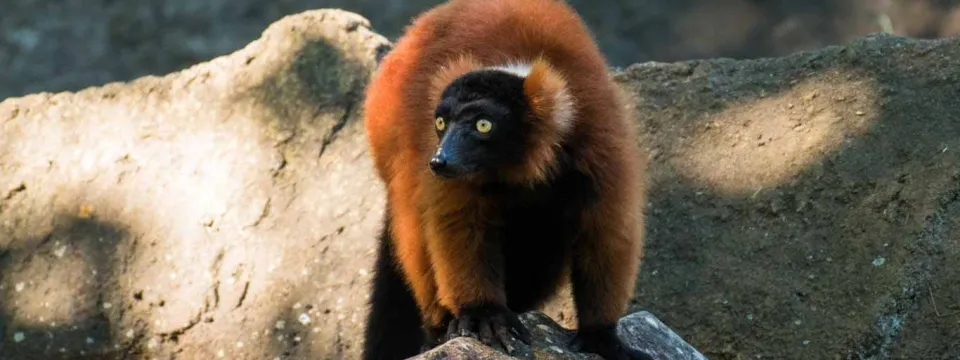
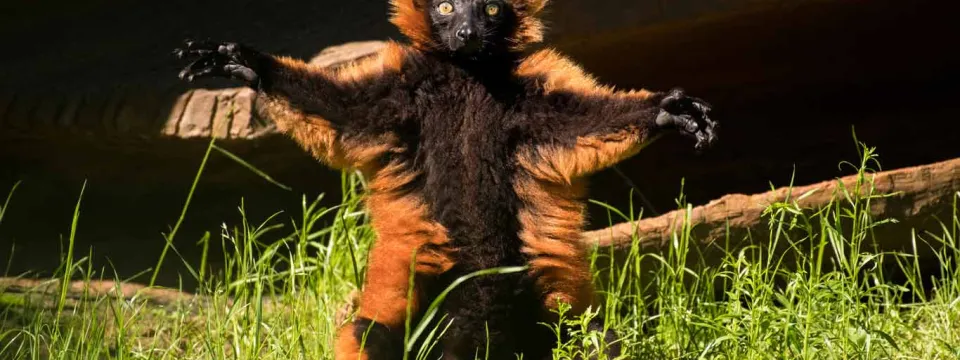
How you can help!
The fact is that many of the world's animals are endangered. This is due to many reasons, including habitat loss, illegal hunting and trafficking, and climate change. Education is critical to help prevent the further decline of these species. Organizations like the North Carolina Zoo support efforts to rescue, rehabilitate, and release animals back into the wild through the Zoo's Wildlife Rehabilitation Center.
The Zoo also engages in education and research programs to conserve wildlife worldwide. The Zoo has been involved in wildlife conservation for more than two decades. We have worked to preserve various species, from vultures and gorillas in Africa to endangered plants and amphibians in our own state. Your visit to the North Carolina Zoo helps us fund and continue these efforts worldwide.
Together, we can make a difference in saving these incredible creatures before it's too late.
